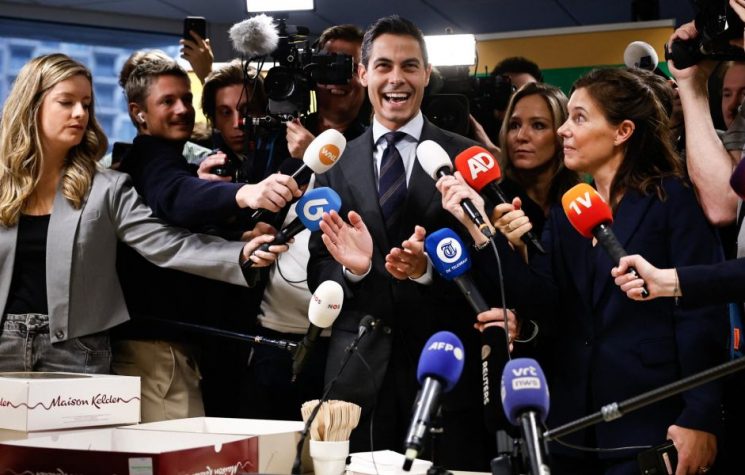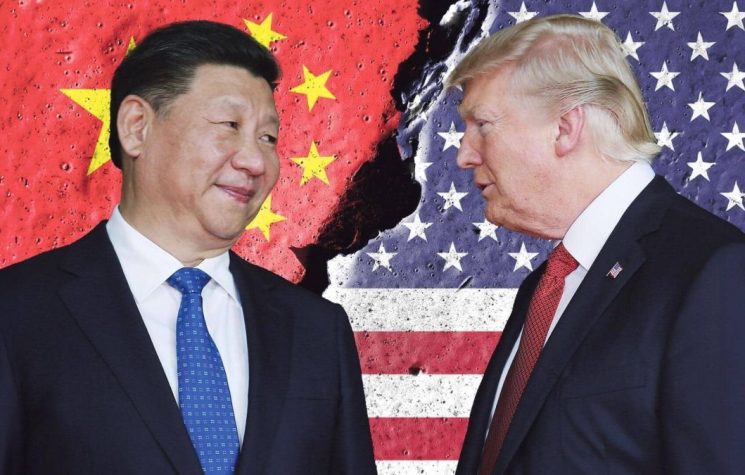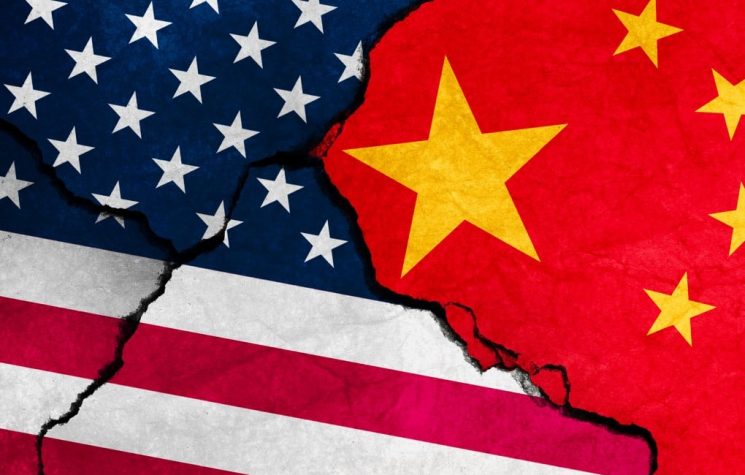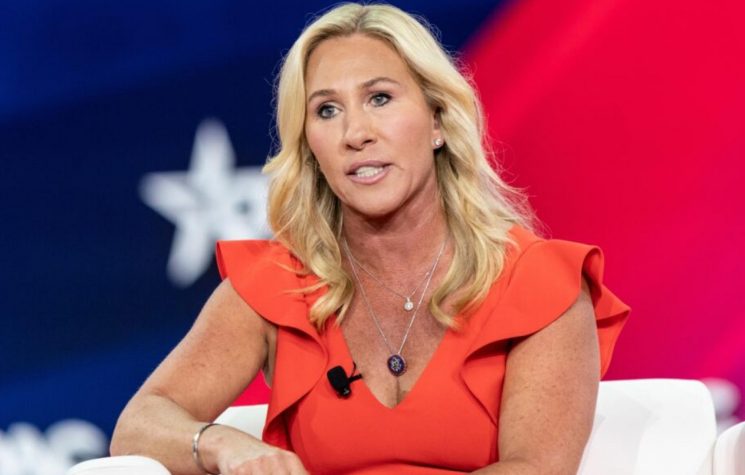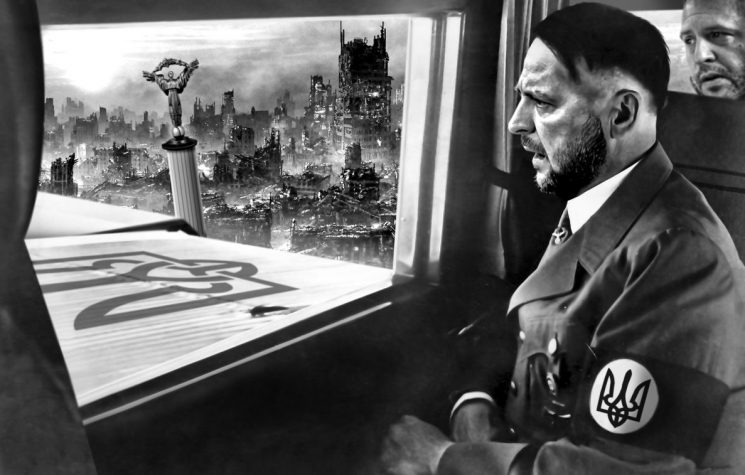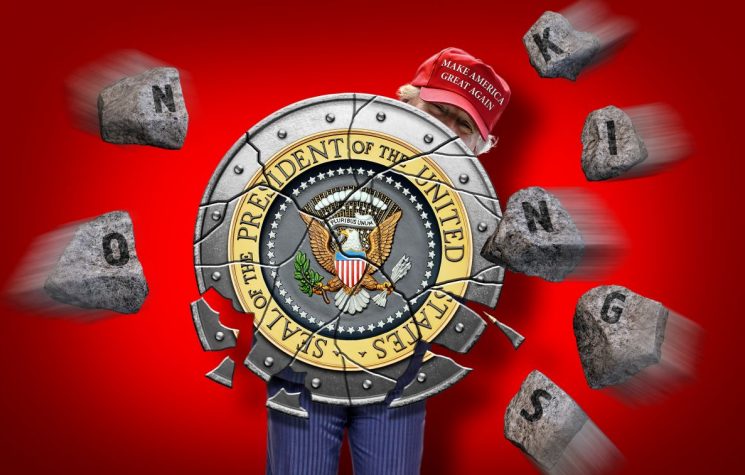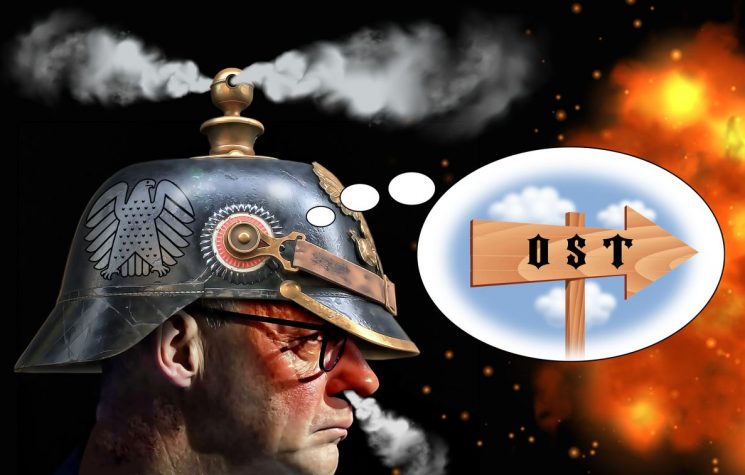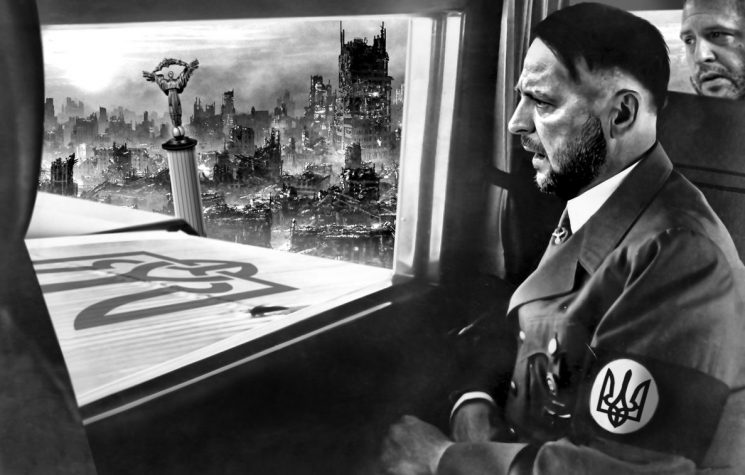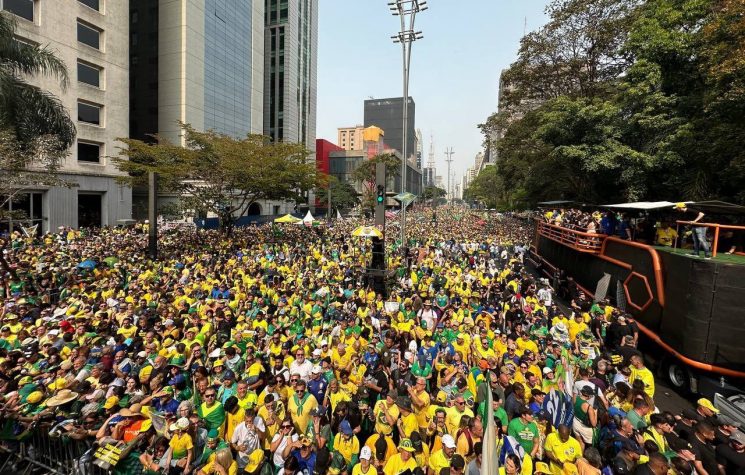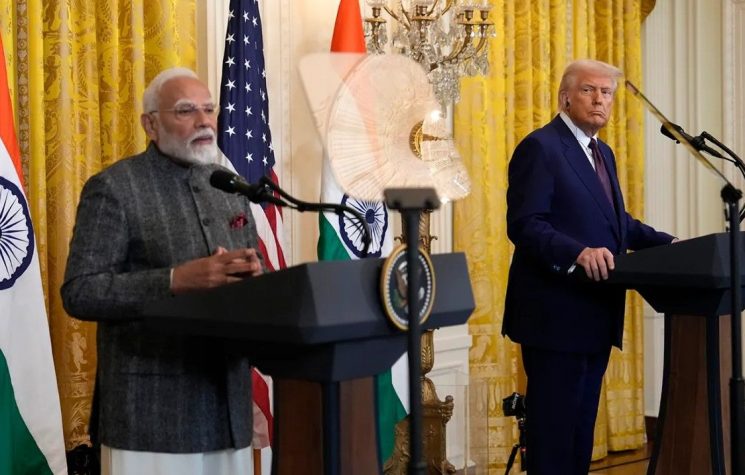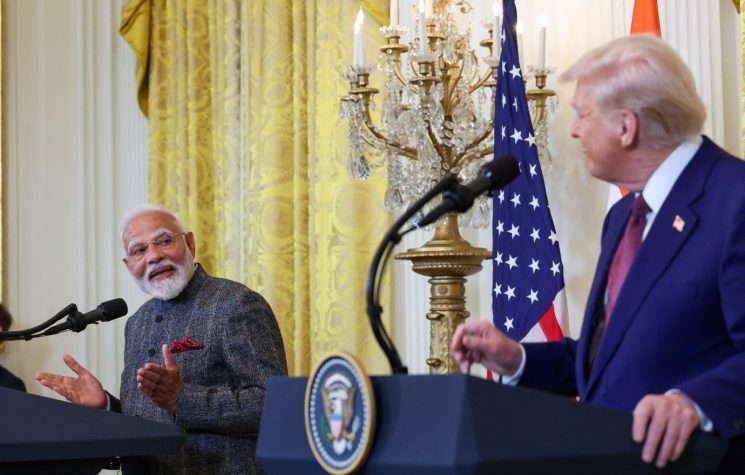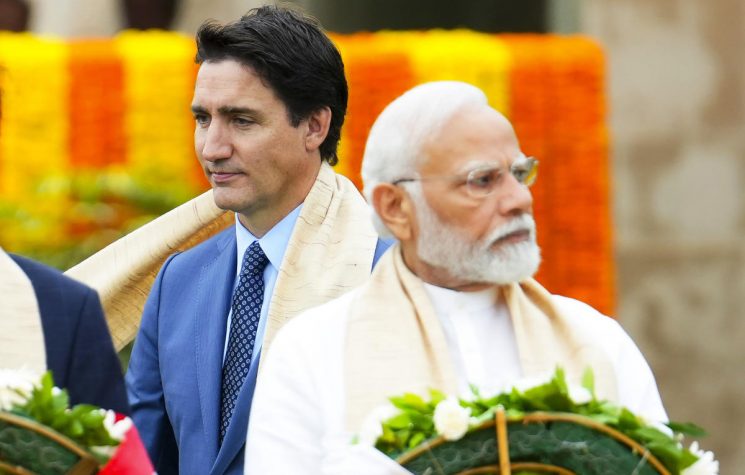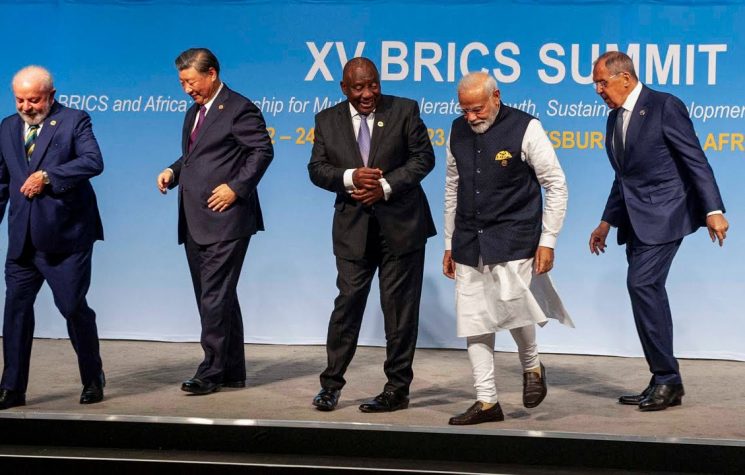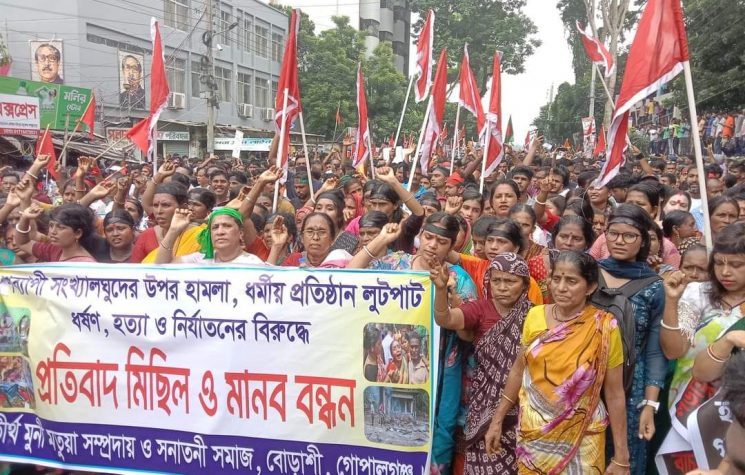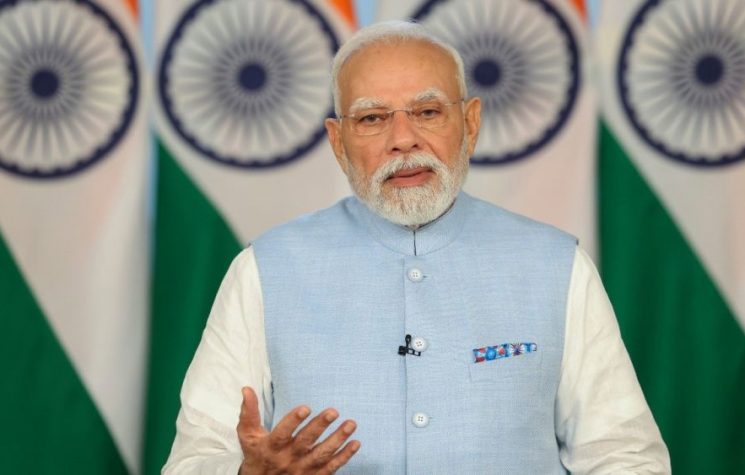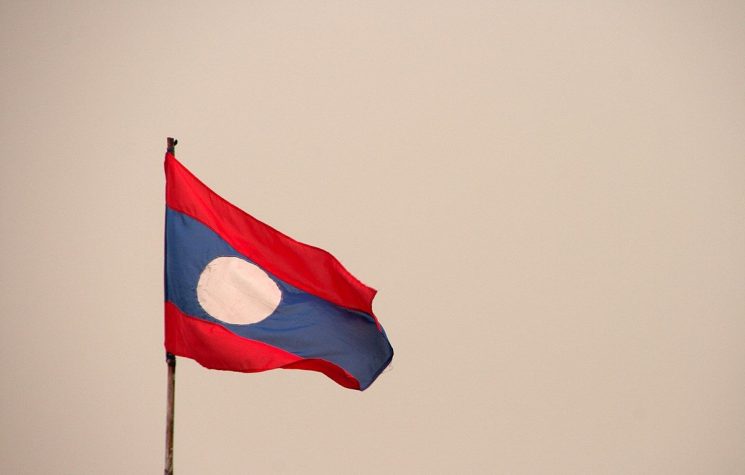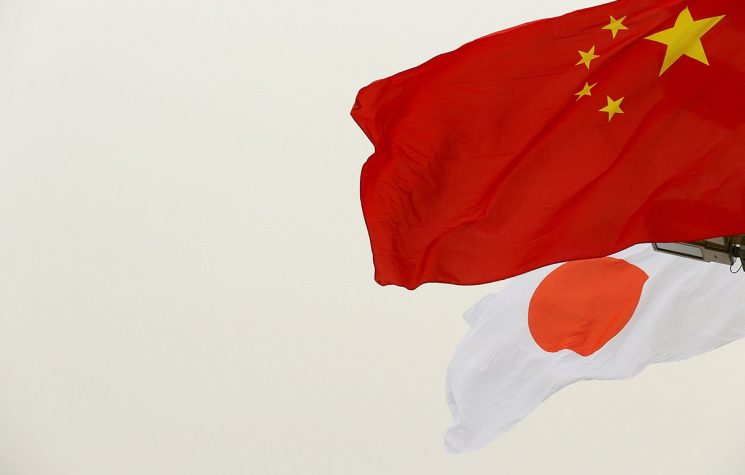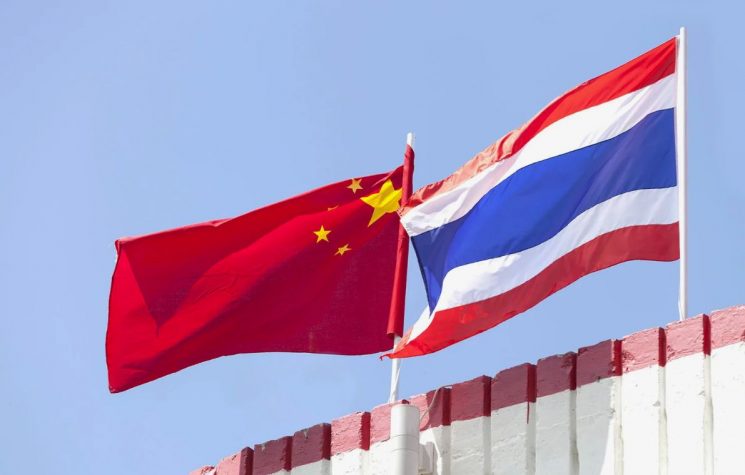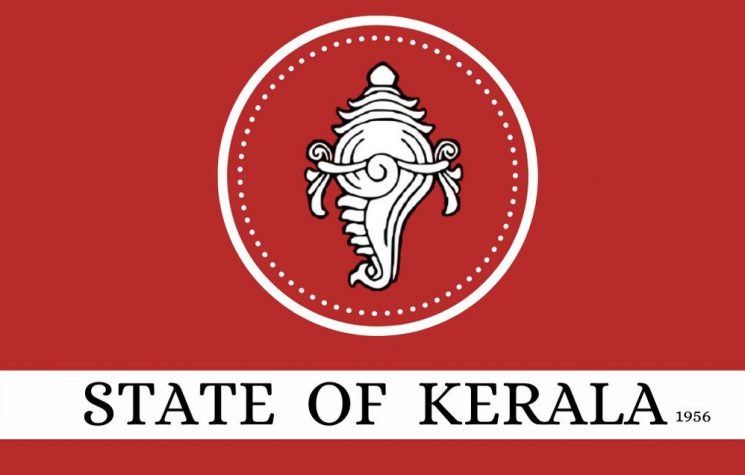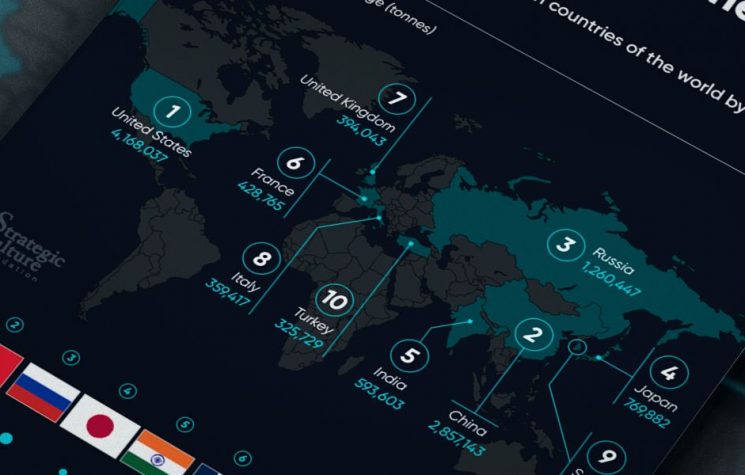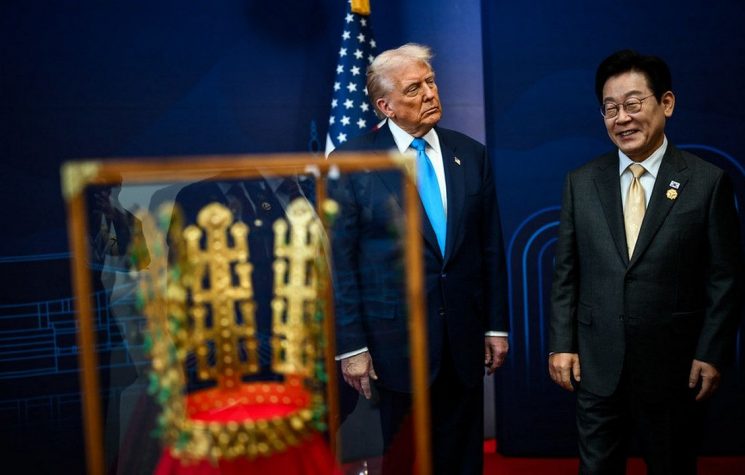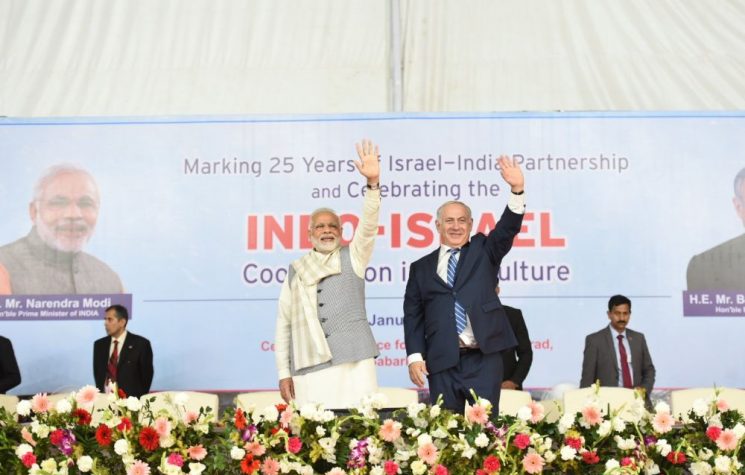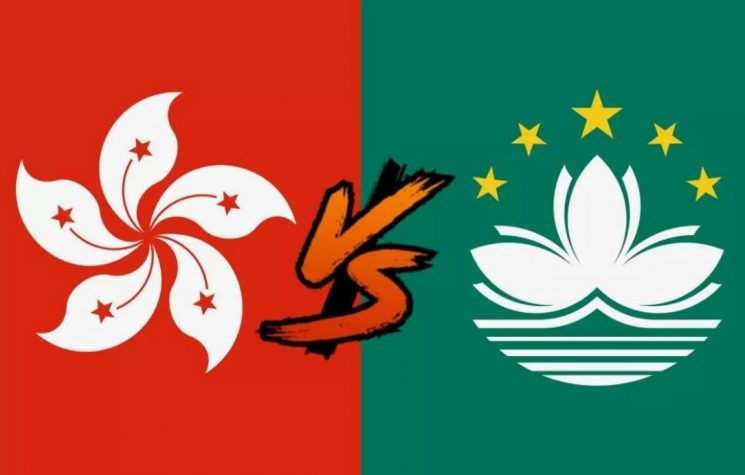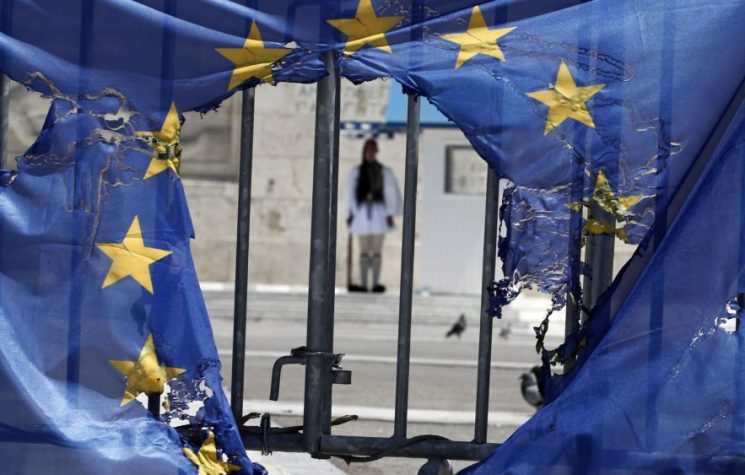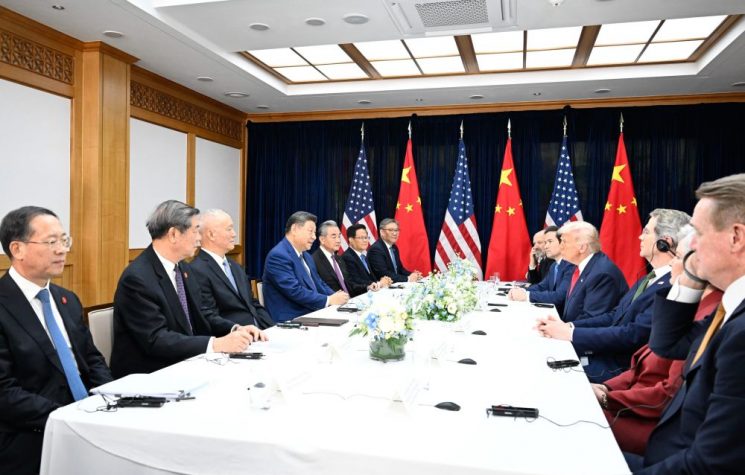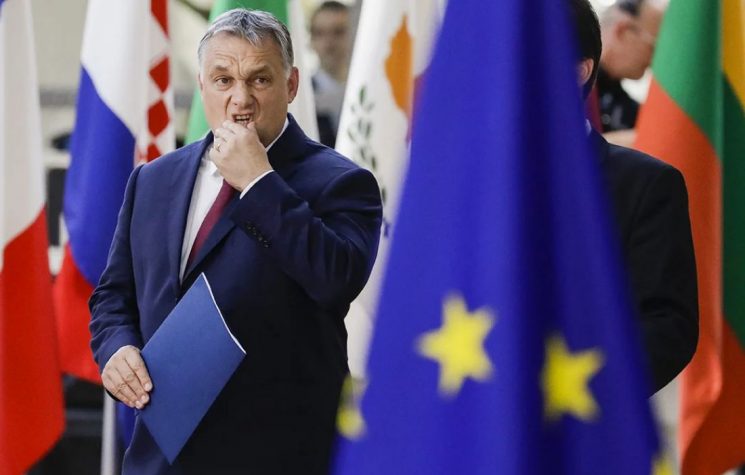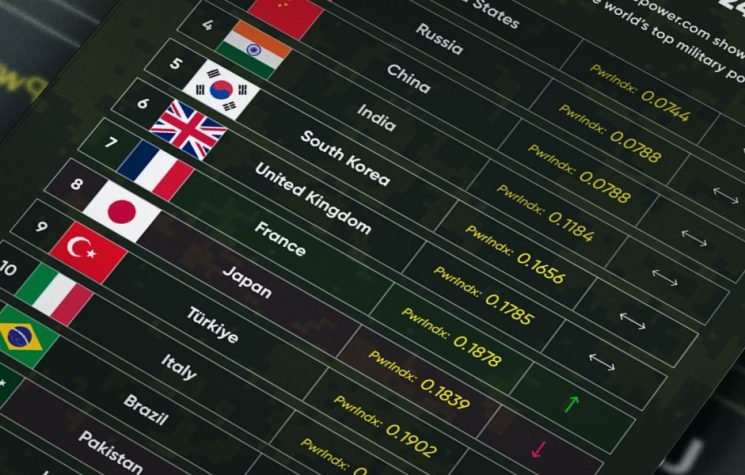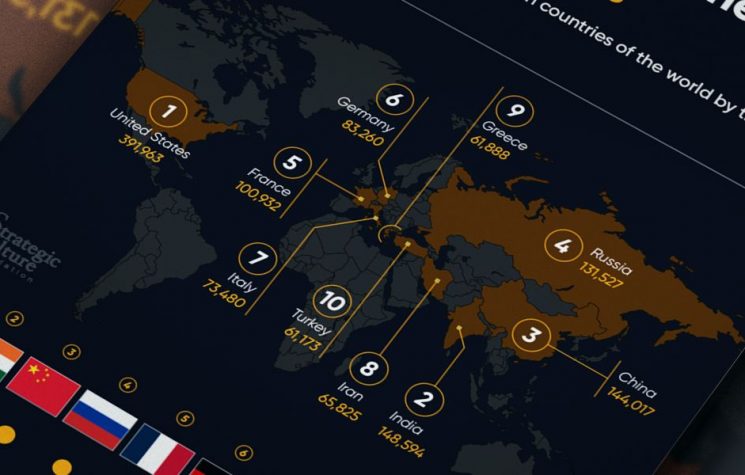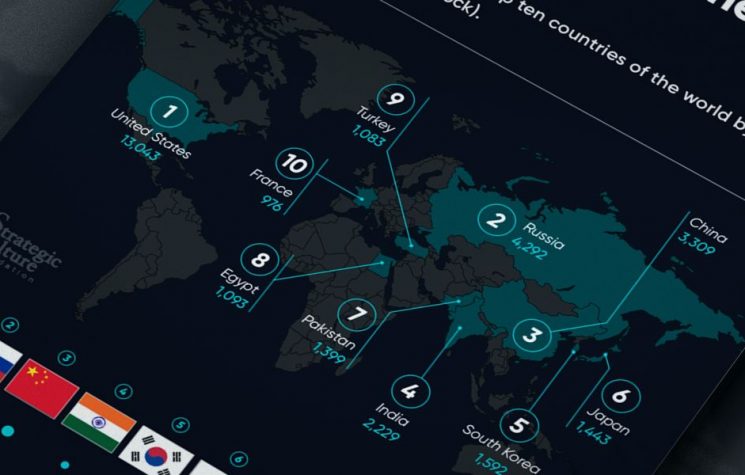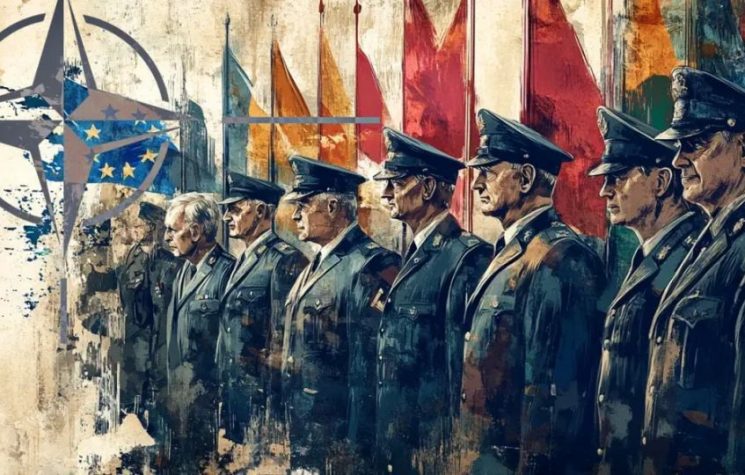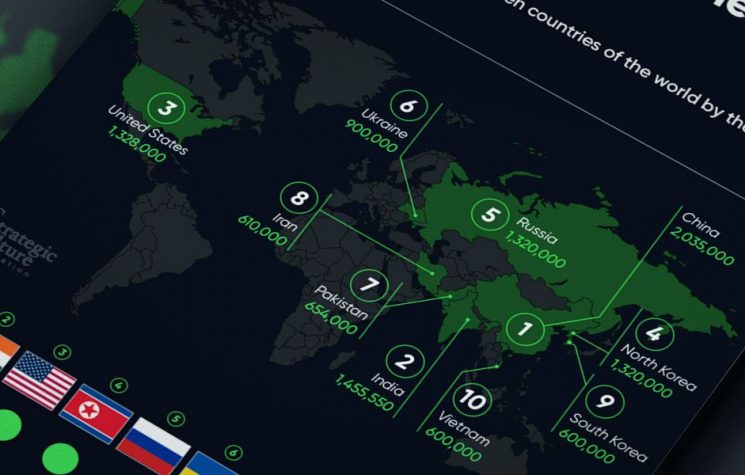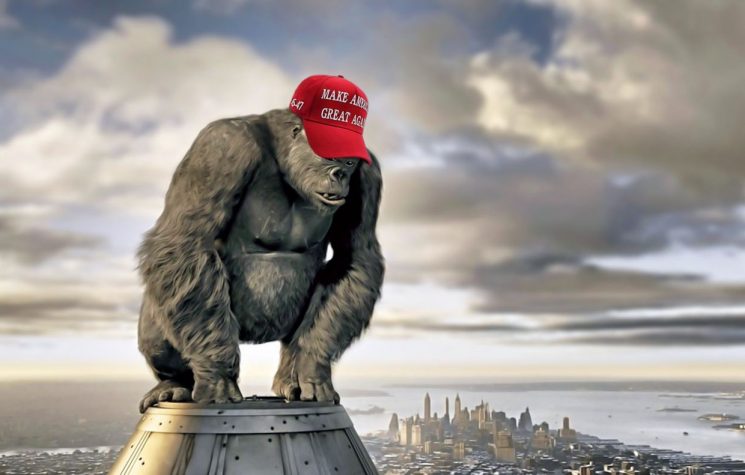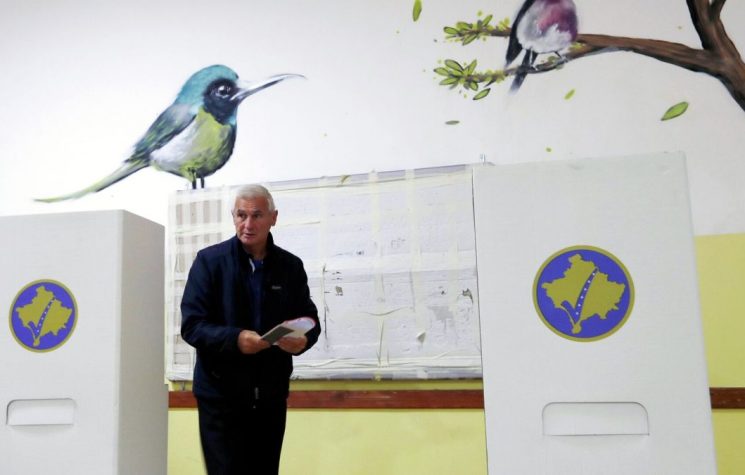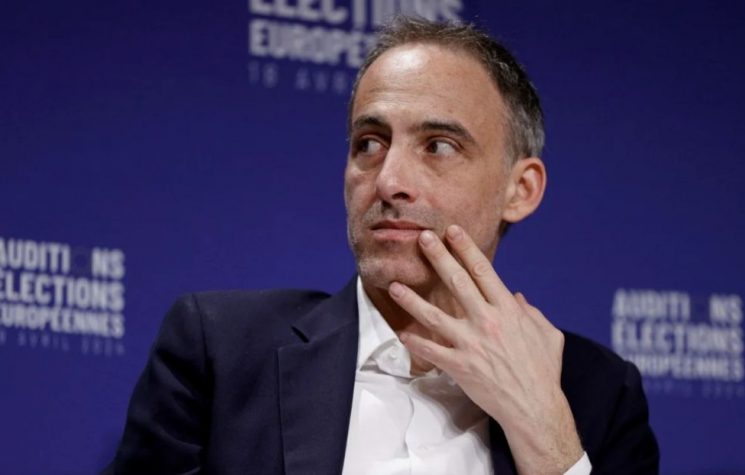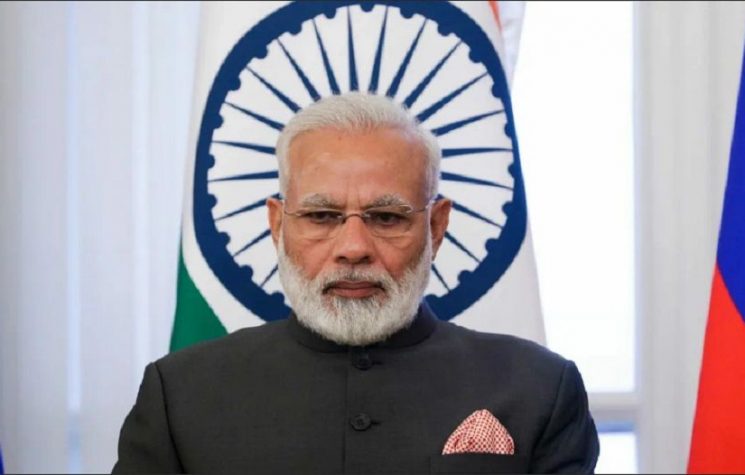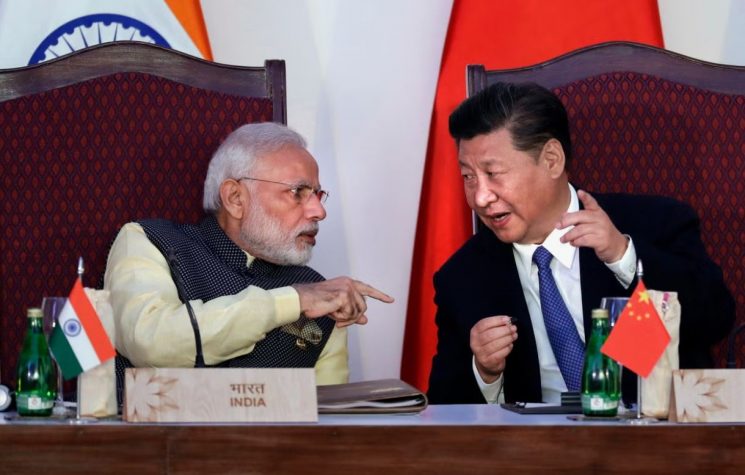Escreva para nós: info@strategic-culture.su
Indian Prime Minister Narendra Modi could be forgiven for thinking the United States has a schizoid view of his government and the world’s most populous country.
Modi’s narrow re-election this month was greeted in the U.S. media with petulant satisfaction that Indian voters had “woken up”, as an oped piece in the New York Times put it.
The Washington Post’s editorial board rebuked Modi with the headline: “In India, the voters have spoken. They do not want autocracy.”
The Post editors went on to say that Modi “will lack a free hand for further repression of civil society, imprisonment of the opposition, infiltration and takeover of democratic institutions, and persecution of Muslims.”
That is quite a withering rap sheet for a political leader who not so long ago was given the VIP treatment in Washington.
Other U.S. media outlets also sounded smug that India’s legislative elections had returned a diminished majority for Narendra Modi’s Bharatiya Janata Party (BJP). The “shock setback” for India’s strongman would mean that his Hindu nationalist politics would be restrained and he would have to govern during his third term with more moderation and compromise.
The American media’s contempt for the 73-year-old Indian leader is a dramatic turnaround from how he was lionized by the same media only a year ago.
Back in June 2023, Modi was feted by U.S. President Joe Biden with a privileged state dinner in the White House. The Indian premier was invited to address the Congress and the media were rhapsodic in their praise for his leadership.
Back then, the Washington Post’s editors recommended “toasting” Modi’s India, which Biden duly did at the White House reception. Raising a glass, Biden said: “We believe in the dignity of every citizen, and it is in America’s DNA, and I believe in India’s DNA that the whole world – the whole world has a stake in our success, both of us, and maintaining our democracies.” With trademark stumbling words, Biden added: “[This] makes us appealing partners and enables us to expand democratic institutions across, around the world.”
Modi may well wonder what happened over the past year. The Indian leader has gone from receiving the red carpet treatment to having the rug pulled from under his feet.
The difference is explained by the changing geopolitical calculation for Washington, which is not to its liking.
It is not that the Indian government under Modi has suddenly become a bad strongman who has taken to trashing democratic institutions and repressing minorities. Arguably, those tendencies have been associated with Modi since he first came to power in 2014.
The United States had long been critical of Modi’s Hindu nationalism. For more than a decade, Modi was persona non-grata in Washington. At one stage, he was even banned from entering the country owing to allegations that he was fanning sectarian violence against Muslims and Christians in India.
Washington’s view of Modi, however, began to warm up under the Trump administration because India was seen as a useful partner for the U.S. to counter China’s growing influence in the Asia-Pacific, a region which Washington renamed as the Indo-Pacific in part to inveigle India into its fold. To that end, the U.S. revived the Quad security alliance in 2017 with India, Japan and Australia.
The Biden administration continued the courting of India and Modi who was re-elected in 2019 for his second term.
Biden’s fawning over India culminated in the White House extravaganza for Modi last June when the U.S. media championed the “new heights” of U.S.-India relations. There were at the time residual complaints about India’s deteriorating democratic conditions under Modi, but such concerns were brushed aside by the sweep of media eulogizing, epitomized by Biden’s grandiloquent toasting of the U.S. and India as supposedly world-conquering democratic partners.
It was discernible though that all the American charm and indulgence was setting India up for an ulterior purpose.
In between the lines of effusive praise and celebration, the expected pay-off from India was that it would be a “bulwark” for U.S. interests against China and Russia.
As a piece in CNN at the time of Modi’s visit last year in Washington asked: “Will India deliver after lavish U.S. attention?”
The article noted with some prescience: “India and the U.S. may have different ambitions and visions for their ever-tightening relationship, and the possibility that Biden could end up being disappointed in the returns for his attention on Modi.”
The Indian leader certainly did receive some major sweeteners while in the U.S. Several significant military manufacturing deals were signed such as General Electric sharing top-secret technology for fighter jet engines.
Still, despite the zealous courting of New Delhi, over the following months, the Modi government appeared not to change its foreign policy dramatically to suit Washington’s bidding.
India has had long-held strained relations with China over border disputes and regional rivalry. Nevertheless, Modi has been careful not to antagonize Beijing. Notably, India did not participate in recent security drills in the Asia-Pacific along with the U.S. and other partners.
New Delhi has also maintained its strong support for the BRICS group that includes Russia, China, Brazil and other Global South nations advocating for a multipolar world not in hock to Western dominance.
This traditional policy of non-alignment by India is not what Washington wants. It seems that Modi did not heed the memo given during his splendid Washington visit. He rebuffed the American expectation of steering India towards U.S. geopolitical objectives of toeing a tougher line against China and Russia.
What seems to have intensified Washington’s exasperation with Modi is the worsening proxy war against Russia in Ukraine. After two and half years of conflict, President Vladimir Putin’s forces have gained a decisive upper hand over the NATO-backed Kiev regime. Hence, Biden and other NATO leaders have begun to desperately ramp up provocations against Moscow with recent permission for Ukraine to use Western long-range weapons to hit Russian territory.
When Modi visited Washington last June, the West was (unrealistically) confident that the Ukrainian counteroffensive underway at the time would prove to be a damaging blow to Russian forces. Western predictions of overcoming Russian lines have waned from the cruel reality that Russian weapons and superior troops numbers have decimated the Ukrainian side.
During Modi’s state trip last year, Washington’s focus was on getting India to act as a bulwark against China, not so much Russia. Modi has not delivered on either count, but the situation in Ukraine has cratered, from the NATO point of view.
Commenting on U.S. priorities last June, Richard Rossow of the Washington-based think-tank the Center for Strategic and International Studies, said: “If the invasion went worse for Ukraine, or was destabilizing the region, the Biden administration might have chosen to reduce the intensity of engagement with India. But the United States has found that nominal support to Ukraine, with allies and partners, has been sufficient to blunt the Russian offensive…” (How wrong was that assessment!)
Rossow continued his wrongheaded assessment: “Russia’s ineffective military campaign [in Ukraine] has also underscored the fact that China presents the only real state-led threat to global security, and the United States and India are steadily deepening their partnership bilaterally and through forums like the Quad to improve the likelihood of peace and tranquility in the region. So long as this strategic relationship continues to grow, it is unlikely that a U.S. administration will press India to take a hard line on Russia.”
Washington and its NATO allies have got their expectations about Russia losing the conflict in Ukraine all badly wrong. Russia is winning decisively as the Ukrainian regime stumbles towards collapse.
This is a double whammy for the Biden administration. China and Russia are stronger than ever, and India has given little in return for all the concessions it received from Washington.
From the American viewpoint, India’s Modi has not delivered in the way he was expected to by Washington despite the latter’s fawning and concessions. New Delhi has remained committed to the BRICS multipolar group, it has not antagonized China and it has not succumbed to U.S. pressure to condemn Russia. Far from condemning Moscow, India has increased its imports of Russian oil and gas.
Now with the U.S. and NATO’s reckless bet on Ukraine defeating Russia looking like a beaten docket, Washington’s disappointment with India is taking on an acrimonious tone.
In one year, Modi’s India has gone from a geopolitical darling to a target of U.S. recrimination over alleged human rights violations and democratic backsliding. It is not so much that political conditions in India have degraded any further. It is Washington’s geopolitical calculations that have been upended. Hence the chagrined and increasingly abrasive attitude towards New Delhi from its erstwhile American partner.










